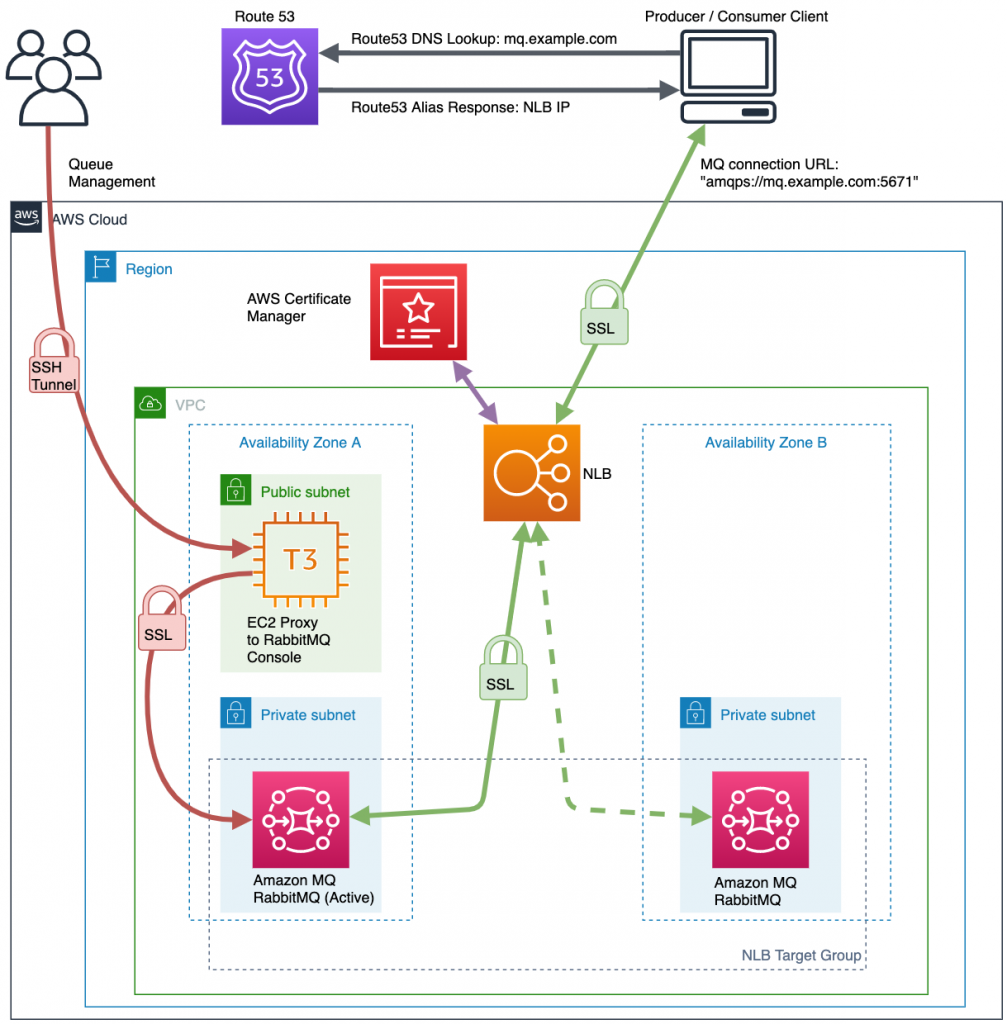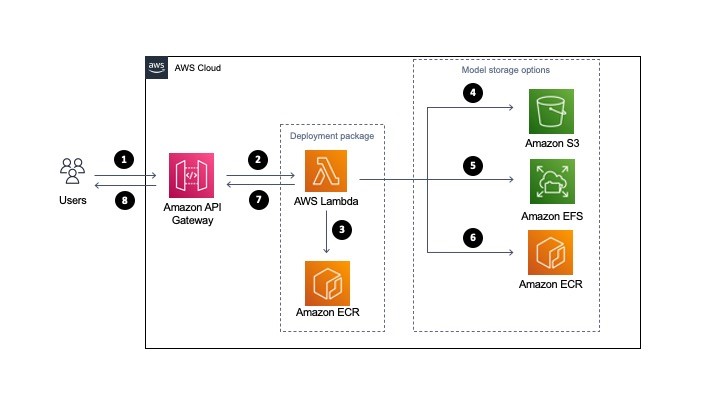AWS Compute Blog
Monitoring delay of AWS Batch jobs in transit before execution
This post is written by Nikhil Anand, Solutions Architect AWS Batch enables developers, scientists, and engineers to easily and efficiently run hundreds of thousands of batch processing jobs on AWS. With AWS Batch you no longer have to install and manage batch computing software or server clusters used to run your jobs. This lets you […]
Optimizing Apache Flink on Amazon EKS using Amazon EC2 Spot Instances
This post is written by Kinnar Sen, Senior EC2 Spot Specialist Solutions Architect Apache Flink is a distributed data processing engine for stateful computations for both batch and stream data sources. Flink supports event time semantics for out-of-order events, exactly-once semantics, backpressure control, and optimized APIs. Flink has connectors for third-party data sources and AWS […]
Understanding how AWS Lambda scales with Amazon SQS standard queues
This post explores Lambda’s scaling behavior when subscribed to SQS standard queues. It walks through several ways to scale faster and maximize Lambda throughput when needed. This includes increasing the memory allocation for the Lambda function, increasing batch size, catching errors, and making configuration changes.
Implementing interruption tolerance in Amazon EC2 Spot with AWS Fault Injection Simulator
This post is written by Steve Cole, WW SA Leader for EC2 Spot, and David Bermeo, Senior Product Manager for EC2. On October 20, 2021, AWS released new functionality to the Amazon Fault Injection Simulator that supports triggering the interruption of Amazon EC2 Spot Instances. This functionality lets you test the fault tolerance of your […]
Token-based authentication for iOS applications with Amazon SNS
This post is co-written by Karen Hong, Software Development Engineer, AWS Messaging. To use Amazon SNS to send mobile push notifications, you must provide a set of credentials for connecting to the supported push notification service (see prerequisites for push). For the Apple Push Notification service (APNs), SNS now supports using token-based authentication (.p8), in […]
Creating static custom domain endpoints with Amazon MQ for RabbitMQ
In this post, you build a highly available Amazon MQ broker in a private subnet. You layer security by placing the brokers behind a highly scalable Network Load Balancer. You configure routing from a single custom subdomain URL to multiple brokers with a built-in health check.
Implementing header-based API Gateway versioning with Amazon CloudFront
This post is written by Amir Khairalomoum, Sr. Solutions Architect. In this blog post, I show you how to use Lambda@Edge feature of Amazon CloudFront to implement a header-based API versioning solution for Amazon API Gateway. Amazon API Gateway is a fully managed service that makes it easier for developers to create, publish, maintain, monitor, […]
Introducing cross-account Amazon ECR access for AWS Lambda
This post is written by Brian Zambrano, Enterprise Solutions Architect and Indranil Banerjee, Senior Solution Architect. In December 2020, AWS announced support for packaging AWS Lambda functions using container images. Customers use the container image packaging format for workloads like machine learning inference made possible by the 10 GB container size increase and familiar container […]
Choosing between storage mechanisms for ML inferencing with AWS Lambda
This post is written by Veda Raman, SA Serverless, Casey Gerena, Sr Lab Engineer, Dan Fox, Principal Serverless SA. For real-time machine learning inferencing, customers often have several machine learning models trained for specific use-cases. For each inference request, the model must be chosen dynamically based on the input parameters. This blog post walks through the architecture […]
Deep Dive on Amazon EC2 VT1 Instances
This post is written by: Amr Ragab, Senior Solutions Architect; Bryan Samis, Principal Elemental SSA; Leif Reinert, Senior Product Manager Introduction We at AWS are excited to announce that new Amazon Elastic Compute Cloud (Amazon EC2) VT1 instances are now generally available in the US-East (N. Virginia), US-West (Oregon), Europe (Ireland), and Asia Pacific (Tokyo) […]









